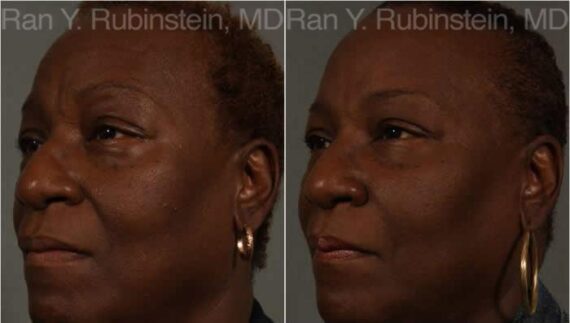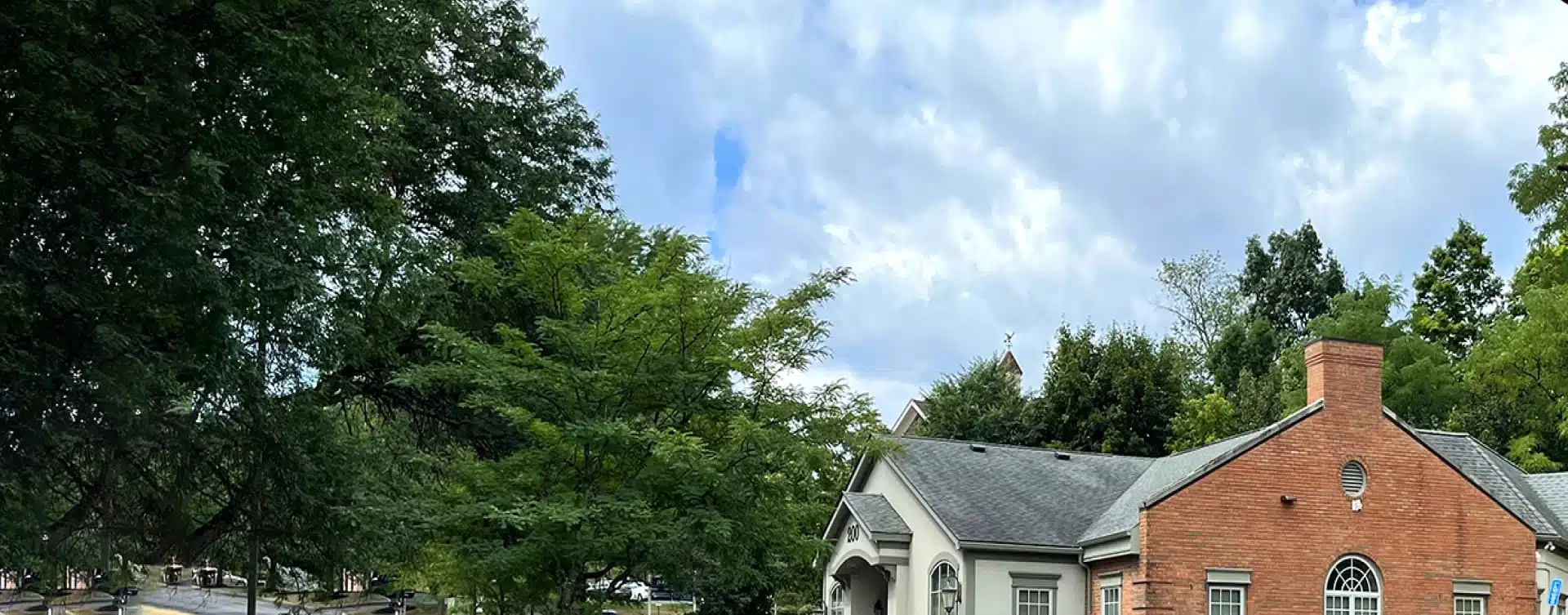Lift and Contour Your Midface for a Youthful Look with Restylane Lyft
Are you noticing sagging cheeks or deep nasolabial folds? Restylane Lyft offers a powerful solution for adding volume and smoothing lines in the midface area. Here’s why it’s a top choice for those seeking a more youthful appearance.
Restylane Lyft is specifically formulated for cheek augmentation and the correction of age-related midface contour deficiencies in adults:
- Versatile Use: Not only does it enhance the cheeks, but it’s also FDA-approved for treating nasolabial folds, making it a versatile option for facial rejuvenation.
- Hyaluronic Acid-Based: Like other fillers in the Restylane family, Lyft uses hyaluronic acid to effectively increase volume where it’s needed most.
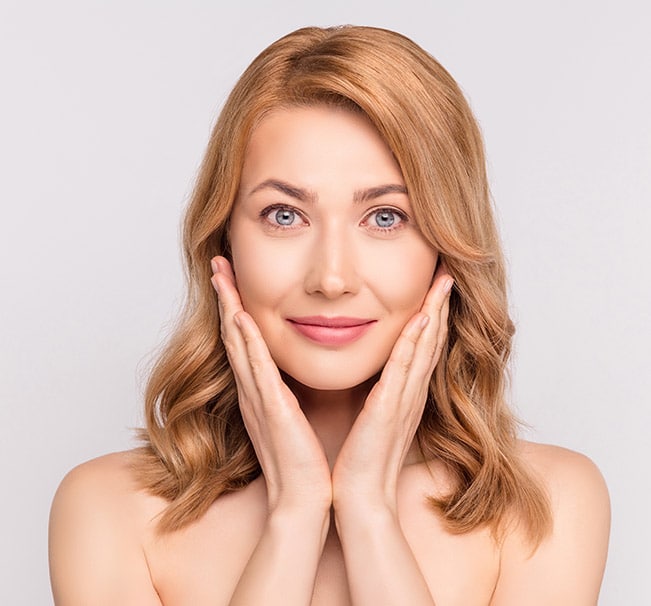
How Does Restylane Lyft Work?
Restylane Lyft provides a two-fold approach to enhancing your facial aesthetics:
- Cheek Augmentation: By adding volume to the cheeks, Lyft helps lift the entire midface, reducing sagging and rejuvenating your overall appearance.
- Nasolabial Folds: It also smooths out these deep lines, commonly known as smile lines, for a smoother, fresher facial contour.
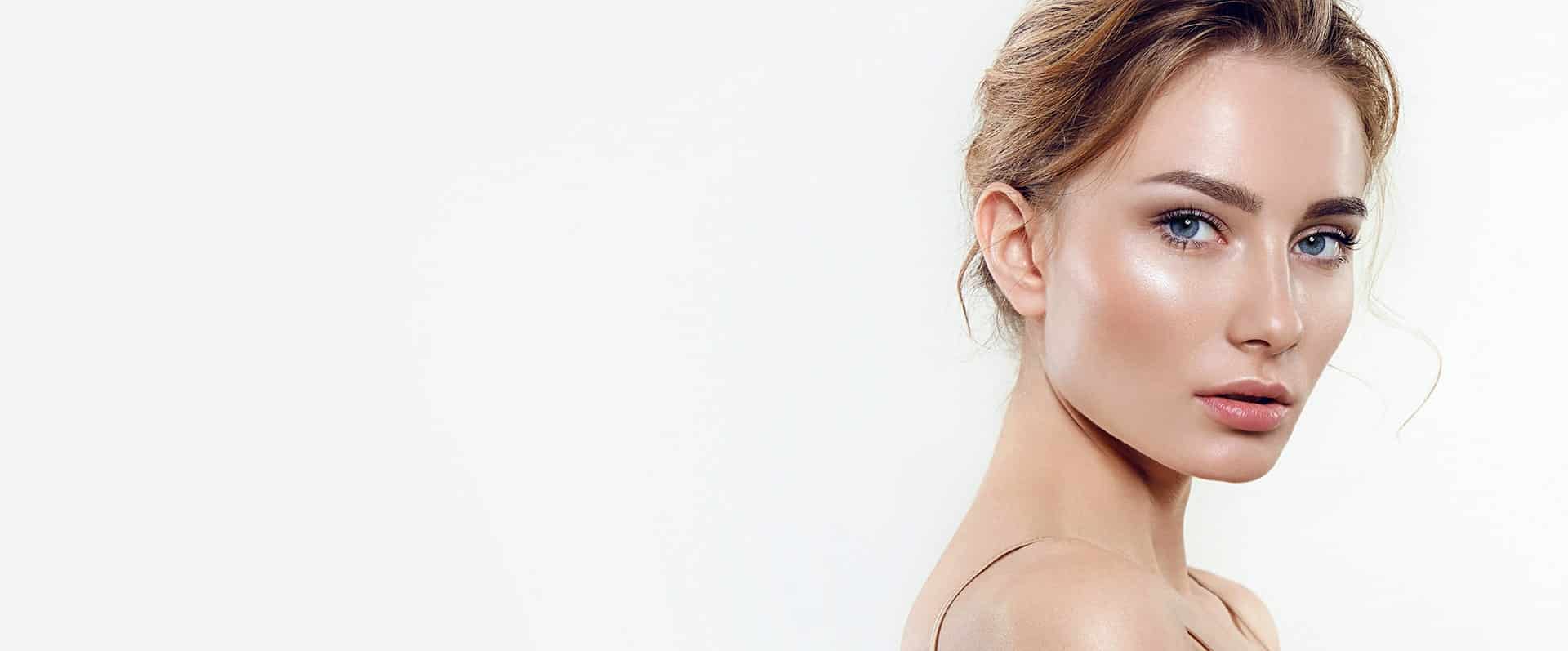
Who is an ideal candidate for Restylane Lyft?
Restylane Lyft is excellent for those who:
- Are experiencing a loss of facial volume or deepening nasolabial folds.
- Want long-lasting results without undergoing invasive surgery.
Start Your Journey to Success, Don’t Wait More!
Schedule a consultation with Dr. Beran
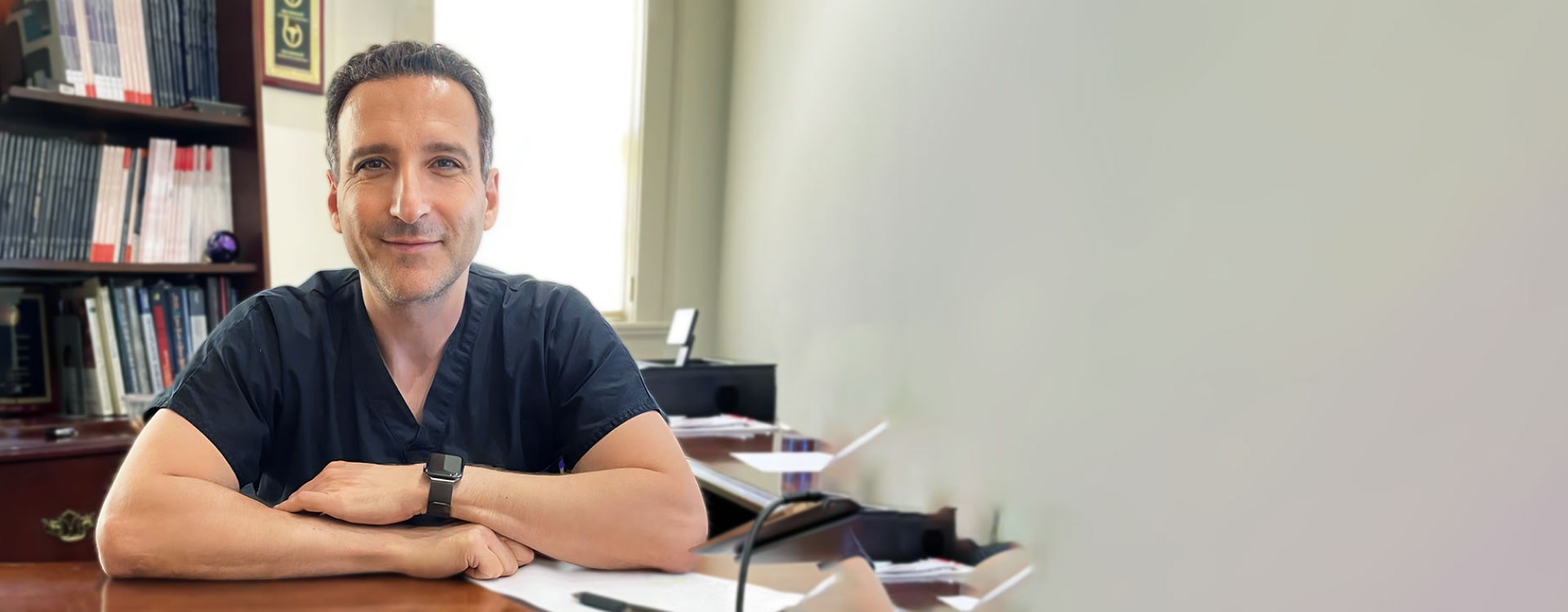
the procedures
The Restylane® KYSSE Procedure
Getting Restylane Lyft is a quick and minimally invasive process:
- Quick and Comfortable: The treatment typically takes less than an hour and includes lidocaine to minimize any discomfort.
- Minimal Downtime: Most patients return to their normal activities immediately after the procedure.
Recovery and Care Post-Treatment
Recovery from Restylane Lyft is usually minimal:
- No Significant Downtime: You can resume most activities right away.
- Simple Aftercare: Avoid extensive sun or heat exposure for the first few days after the treatment to maximize results.
Why Choose
Dr. Rubinstein for your Restylane Lyft
Choosing Dr. Rubinstein for your Restylane Lyft comes with several advantages:
- Dr. Rubinstein is one of the top facial plastic surgeons in New York & New Jersey.
- He is double board certified by the American Board of Facial Plastic Surgery and the American Board of Otolaryngology-Head and Neck Surgery.
- Dr. Rubinstein has been in both private and academic practice for over 20 years.
- He is also an active member of the American Society for Laser Medicine & Surgery.
- Clinical Professor at New York Presbyterian Hospital.
- Natural-Looking Results: Lyft offers enhancements that look and feel natural, blending seamlessly with your facial contours.
- Durable Effects: Enjoy your revitalized appearance for up to 12 months.
- Proven Safety: Restylane Lyft has been extensively tested and approved for safety and effectiveness in midface applications.
Schedule a Consultation with Us Today!
Whether you’re looking to restore volume to your cheeks or smooth out deep nasolabial folds, Restylane Lyft provides a reliable, safe, and effective treatment option. If you’re ready to turn back the clock on aging and regain a youthful contour, book your consultation with Dr. Rubinstein today. Let us help you achieve the natural-looking results you desire with Restylane Lyft.

